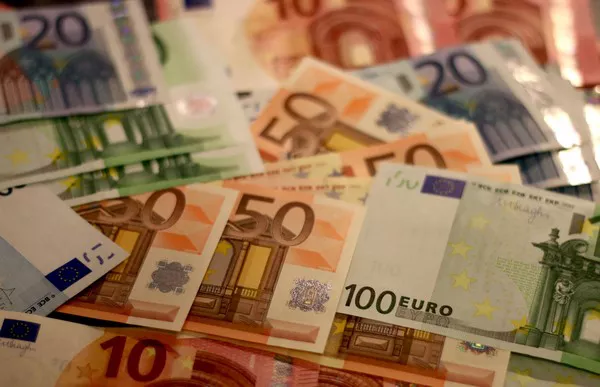EUR/USD gained some positive traction on Monday and now appears to have snapped a six-day losing streak to drop to its lowest level since July 6, around 1.0845 hit last Friday. However, EUR/USD lacks bullish momentum and remains stuck at the 1.0900 mark throughout the Asian session, so investors need to be cautious before setting up positions for EUR/USD’s notable intraday gains.
The U.S. dollar’s subdued performance on Monday consolidated its recent gains to reach its highest level since July 12, which is thus again seen as a key factor supporting the euro/dollar. That said, growing expectations that the Federal Reserve (FED) will maintain higher interest rates for an extended period of time continues to be bearish for the dollar, preventing investors from launching a new round of bullish bets on EUR/USD.
The Fed is expected to pause its rate hike cycle in September, but markets have been pricing in another 25 basis points of rate hikes by the end of the year. That expectation was reaffirmed by the latest U.S. Consumer Price Index report, which showed a modest rise in consumer prices in July. Also, the U.S. producer price index (PPI) climbed slightly more than expected, suggesting the Fed’s battle to bring inflation back to the Fed’s 2% target is far from won.
In addition, the minutes of the Federal Reserve meeting on July 25-26 showed that policymakers continued to make fighting inflation a priority. At the same time, the upcoming US macro data continues to show that the US economy is extremely resilient, and the Fed should be able to maintain its hawkish stance. Higher U.S. Treasury yields, coupled with looming recession risks, are positive factors for both the greenback and the EUR/USD pair.
Beyond that, speculation that the European Central Bank (ECB) will halt its nine-time streak of rate hikes in September could further dampen EUR/USD. Traders are also likely to refrain from making aggressive bets after comments from central bankers at the Jackson Hole Symposium later in the week could send wild swings in markets. This further reminds aggressive bulls to proceed with caution.
Against the above fundamental backdrop, it would be prudent to wait for strong follow-through buying in EUR/USD before confirming that the downtrend of the past month-plus has come to an end. Traders are now looking ahead to the German producer price index and Buba’s monthly report, which could weigh on the euro and provide some impetus to EUR/USD in the absence of U.S. economic data on Monday.


